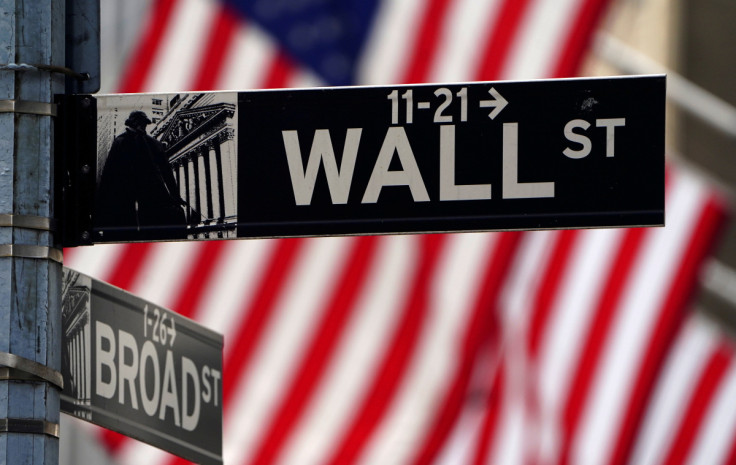S&P 500 Could Rise More Than 25% Over The Next 12 Months: Industry Analysts
Industry analysts see the light at the end of the tunnel Wall Street is in these days: They predict that the S&P 500 could rally more than 25% from current levels over the next 12 months.
That's according to FactSet, which closely monitors the S&P's performance and industry analysts' projections of future earnings and index prices.
"Industry analysts in aggregate predict the S&P 500 will see a price increase of 25.7% over the next twelve months," John Butters, vice president and senior research analyst of the company, said in a blog entry. "This percentage is based on the difference between the bottom-up target price and the closing price for the index as of yesterday (September 22). The bottom-up target price is calculated by aggregating the median target price estimates (based on company-level estimates submitted by industry analysts) for all the companies in the index. On September 22, the bottom-up target price for the S&P 500 was 4,724.28, which was 25.7% above the closing price of 3,757.99."
Gains will be led by the Communication Services sector (+37.6%), Information Technology (+31.3%) and Real Estate (+30.8%), with the Utilities and the Consumer Staples sectors being the laggers.
The bullish S&P 500 forecasts of industry analysts should offer some relief to investors who have been seeing red on the screen in recently.
Over the past five to ten years, the S&P 500 has been closing within 1% of industry analysts' predictions. "Over the past five years, industry analysts have underestimated the price of the index by 0.7% on average (using month-end values)," Butters explained. "Over the past ten years, industry analysts have overestimated the price of the index by 0.1% on average (using month-end values)."
Michael Edesess, managing partner and special advisor at M1KLLC, a financial consulting firm, doesn't find this prediction credible, as it is inconsistent with the Efficiency Hypothesis Theory.
"Predictions like this one should not be believed or taken the least bit seriously. If you knew that the S&P would post a gain of 25% over the next 12 months, you, and everyone else who knows, would surely try to buy it immediately, and that will drive the price up in the blink of an eye so that the expected return will not be 25% any longer," he told International Business Times in an email. "That is why all such forecasts must be taken with not a grain but a full pillar of salt."
Joe Allaria, a wealth advisor at CarsonAllaria Wealth Management, finds the prediction "gutsy," as Wall Street seems to be in a bear rather than a bull trend.
Allaria reminded investors that this sort of prediction is completely useless as none of us have perfect foresight.
Robert Johnson, Ph.D., CFA, CAIA, professor of finance at Creighton University's Heider College of Business, took the same stance, recalling renowned baseball philosopher Yogi Berra, who once said, "It's tough to make predictions, especially about the future."
Johnson noted that investors' biggest mistake is trying to time the market.
"Many people have been preparing for a recession for years and have exited the stock market," he told IBT in an email. "The opportunity cost of such a strategy is quite high. Instead, people should invest in a low-fee, diversified equity index fund and continue to invest consistently whether the market is up, down, or sideways."

© Copyright IBTimes 2025. All rights reserved.






















